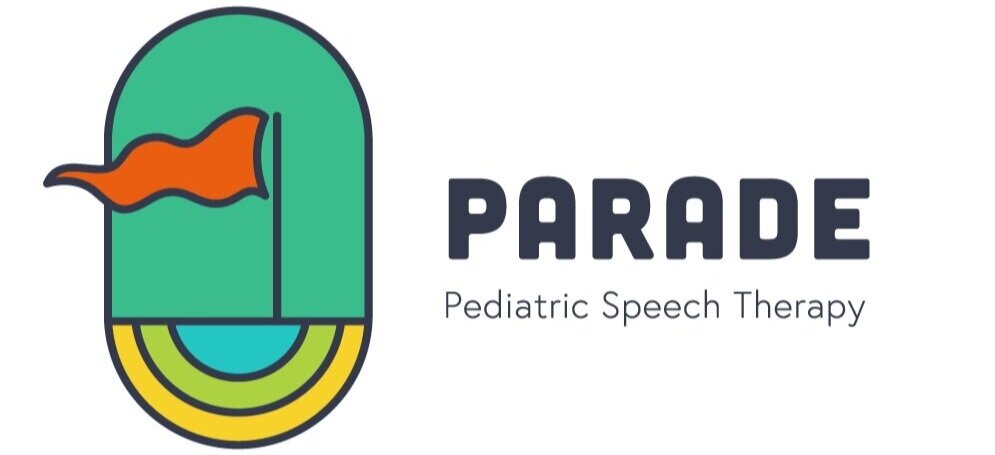Does my child have a speech sound disorder?
Are you wondering whether or not your child will “grow out of” their speech sound errors or if they really need speech therapy? Speech sound errors are present in all children as they learn to speak, so how can you know if your child has a speech sound disorder or if their errors are just part of typical development?
Speech sound disorders are errors in producing the sounds of a language. They can be either functional in origin, when we don’t know why errors are happening, or organic in nature, resulting from medical or other known causes. Here I’m going to focus on functional speech sound disorders, which include articulation and phonological disorders.
Articulation disorders refer to sound distortions and sound substitution errors when a child produces individual speech sounds. One example of a distortion error is a frontal lisp, where the tongue comes between the teeth when a child says the /s/ sound. A substitution error is when a child substitutes one sound for another in a way that doesn’t follow a specific pattern (ex. fay for day).
Phonological disorders focus on predictable, pattern-based errors that affect more than one sound. When learning to speak, children typically use error patterns called phonological processes, which disappear as the child gets older. If the patterns do not disappear by a certain age, the child then may have a phonological disorder. For example, a child may leave off consonant sounds at the end of words, called “final consonant deletion,” or substitute all /k/ sounds for /t/ sounds, a pattern called “fronting.” Check out my previous blog post about phonological processes.
Here are some things that speech-language pathologists (SLPs) look for when evaluating a child to see whether or not they have a speech sound disorder.
Oral motor skills. SLPs look at the anatomical structures of the mouth, the tongue and the teeth to see how those structures support the production of speech sounds. For example, the SLP will notice if your child has trouble moving their tongue, if they can manage their saliva without drooling, or if they have enlarged tonsils since these are things that can affect how speech sounds are produced.
Articulation skills. The SLP will have your child say some words, and they will note how your child says the individual sounds in those words. For example, if your child’s tongue goes to the side when saying /s/, or if your child has trouble putting their lips together to make a /p/ sound, these could be signs of an articulation disorder.
Phonological skills. The SLP will also see if your child has trouble knowing where to put the right sounds in words or if they produce a sound incorrectly the same way every time in a pattern. For example, a child may say all /k/ sounds as /t/ or all /f/ sounds as /p/. These are examples of phonological processes. Phonological processes are error patterns that happen in typical speech development but that disappear by certain ages. If your child continues to use the error pattern after the age of disappearance, they may need help from a speech therapist to correct the pattern.
Overall speech intelligibility. Speech intelligibility means how much other people understand your child’s speech. When assessing speech skills, the SLP will note what percentage of your child’s speech is understood by the SLP and they will ask you how much you are able to understand as your child’s parent or caregiver. This will give the SLP an idea of how much the child’s speech errors are impacting their overall ability to be understood by others.
Typical speech sound development. SLPs can help you learn which sounds typically develop first in children and which sounds develop later as a guide. For example, if your child is 3, but they can’t say the /th/ sound yet, the SLP can help you understand that /th/ is considered to be a later-developing sound, and you probably don’t need to worry about this just yet. Likewise, if your child is 6, but they have trouble saying the /f/ sound, the SLP looks at typical speech sound development to know that this sound is typically mastered by the age of 4, so this may be a sound that your child needs some extra help with.
The American Speech and Hearing Association has a great page on speech sound disorders.
This blog post does not constitute medical advice. If you have questions or concerns about your child’s speech, book a free consultation with me to see if speech therapy could help your child.

